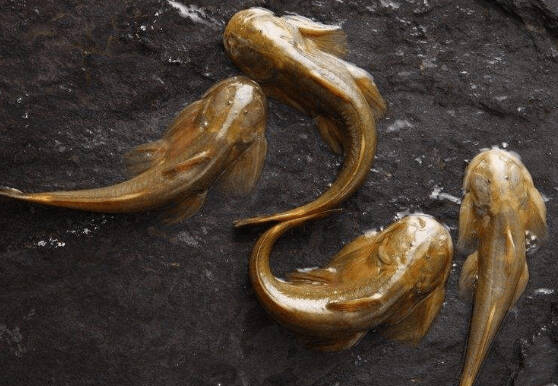The Latin name of the bluestone catfish is Euchiloglanisdavidi (Sauvage, 1874), which is a fish of the genus Euchiloglanis of the family Euchiloglanidae.

The bluestone catfish is a freshwater bottom fish. It is not very active and lives in the caves of rapids, clinging to the stone with its suction cup-like fins. It mainly feeds on aquatic insects and larvae (such as Trichoptera, Hemiptera, Stomoptera, Cicadidae, Lepidoptera, etc.), and also eats earthworms. The secondary food is leaves and fixed algae. The intestinal length is 0.5-0.6 times the body length. The meat is delicious and has certain economic value.
The absolute egg-bearing capacity of the bluestone crawling catfish is 98-538, usually 98-206. The egg-laying period is from September to October, and the eggs are laid in the cracks of the rapids and produce sticky eggs.
It is listed in the second level of the "List of National Key Protected Wildlife in China".
Protect wild animals and stop eating game.
Maintaining ecological balance is everyone's responsibility!